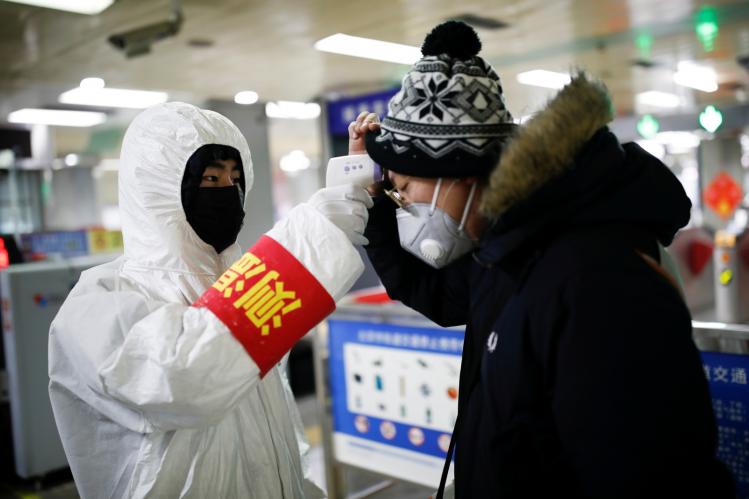
From February 4 to February 19, the Diamond Princess cruise ship sat moored in the port of Yokohama, Japan, undergoing a two-week quarantine. Of the more than 3,600 people on board, 621 were diagnosed with COVID-19, a new type of coronavirus that spreads via sneezes and coughs and causes respiratory illness. Passengers had meals delivered to their cabins, and walked the decks a few moments a day, six feet apart, for fresh air. Some were allowed to disembark and serve their quarantine period on land. Protections for the crew weren’t so generous; workers shared living quarters and bathrooms, and ate from buffets. With limited medical personnel and test kits, both passengers and crew members were given thermometers and told to monitor their own temperatures. As the world watched, the sick count ticked up; two people died. The liner became an emblem of the virus: a zone of limited movement, scarce resources, bureaucratic nightmares, and escalating contagion.
Coronavirus has now spread to twenty-seven countries, but 99 percent of the approximately 76,000 cases have been in China, where the disease originated (probably in a Wuhan meat market) and where it has killed more than 1,500 people. Cities in Hubei province have run short of hospital beds and medical supplies; doctors have used raincoats and trash bags for scrubs. Outraged citizens suspect the Chinese government might be more concerned with saving face than saving lives. When cases first surfaced in early December, Wuhan officials downplayed accounts of spreading infection, insisting the virus couldn’t be transmitted between humans. President Xi Jinping avoided mentioning COVID-19 for two weeks after he found out about it.
The virus’s economic cost is high: stalled tourism; interrupted supply chains; closed schools and factories. It’s no wonder China—which also initially underreported SARS—wanted the illness kept quiet. State news outlets have been instructed to focus on reporting relief-effort stories that reflect well on the regime. But citizen journalists have defied the official narrative by using their phones to broadcast images of overcrowded hospital corridors and a bus filled with body bags. In early January, a dissident doctor, Li Wenliang, was reprimanded by police for alerting med-school classmates to the virus; when he died on February 6, Chinese social media filled with candle emojis and free-speech hashtags. Those posts were removed by censors, but not before Dr. Li became a national hero.
Wuhan, a city of 11 million people, is now closed to air, ground, and water traffic. Citizens leaving home for supplies (each family can send out one person every three days) must wear masks, register with an official, and get their temperature taken. In Beijing, all residents returning to the capital from holiday travel must self-quarantine for the virus’s two-week incubation period. In sum, China’s lockdowns have affected over 760 million people. Mao-style social control has taken hold: squadrons of Party officials and volunteer busybodys; people denied entry to their apartment buildings; locations and temperatures logged on apps.
No one denies that travel restrictions are necessary to contain the virus. The World Health Organization has declared coronavirus a global-health emergency, justifying quarantines, evacuations, and travel restrictions, although such measures risk due-process violations and may impinge on individual rights. Quarantines can also discourage distrustful citizens from reporting symptoms, and keep needed supplies from getting into restricted zones. Scientists still don’t know for sure how bad coronavirus could get. One epidemiologist estimated it could infect up to 60 percent of the world’s population if it goes unchecked. African nations may be especially vulnerable. As the sickness spreads, China must prioritize accurate information and responsible containment—for the sake of both its own citizens and the rest of the world.
